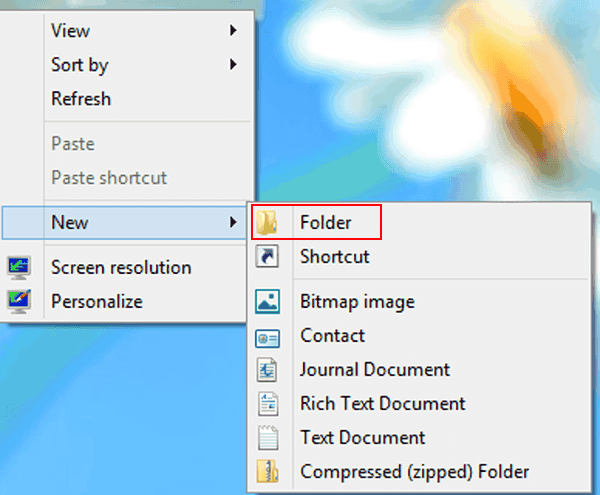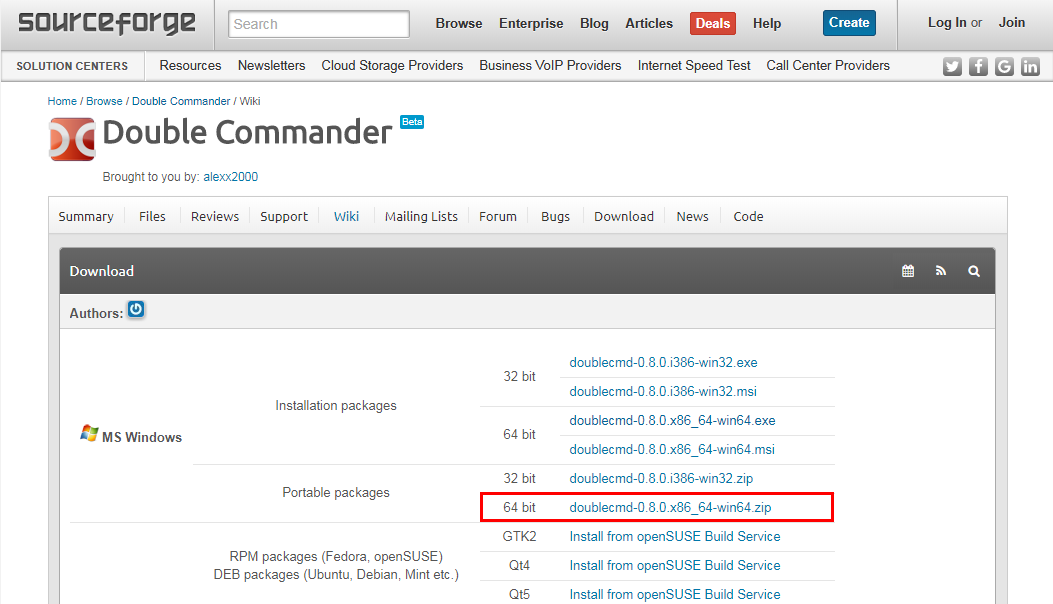
- to deselect all objects that match a pattern (e.g., typing f* will deselect every file or directory whose names start with “f”).Pressing F5 and then ENTER will copy all three files to the working directory opened in the opposite panel.Īlternate ways to make selections are: holding down SHIFT and then pressing UP or DOWN arrow key. Once it’s highlighted press INSERT three times. Say you want to copy three files from /tmp/test to /tmp. Using your arrow keys, navigate to test and press ENTER (after creating a directory, this should already be highlighted).Ĭreate nine empty files: touch file This is a directory containing temporary files that will be deleted at next boot, so we can experiment freely here.Ĭreate a directory by pressing F7. Open a temporary working directory in both panels: cd /tmp & mc Switch between the left and the right vertical panels by pressing TAB.Ĭlose Midnight Commander by pressing F10. Use the Two Panels to Work with Files and Directories You can also use your mouse pointer to click on interface elements. You can quickly return to its interface by hitting the same key combination. This lets you focus on the command line or see previous command output while Midnight Commander runs in the background. Shortcut keys are a combination of keys pressed together that allow you to quickly access specific actions. When an input field is selected, hold ALT down before pressing on the highlighted letter. Let’s return to your previous view: press F9 then l (L) and then g to get back to File listing. These are keys that you can press to navigate the menus faster. Once you hit the F9 key, some letters get highlighted, e.g., C in Command. Press F9 and then the DOWN arrow key multiple times until Tree is highlighted. These are drop-down menus that can be accessed by pressing F9 and then navigating with your arrow keys. In most cases, reading or copying objects owned by root doesn’t require special privileges, so try to run mc as a regular user.Īt the top of the screen, you can see a colored bar with text: Keep in mind that running as root is not a good idea unless you need to modify or delete files/directories owned by this user. To start Midnight Commander with the command prompt: mc
DOUBLE COMMANDER WINDOWS SHARE INSTALL
On CentOS, the command is: sudo yum install mc On Debian or Ubuntu run: sudo apt-get install mc This may result in small behavioral differences on other operating systems. While this file manager should work in almost identically on all Linux distributions, a particular distro may not package the exact same Midnight Commander version (4.8.18, in this case). There is no special requirement to install Midnight Commander, and it works on all Linux distributions.


The methods in this tutorial have been tested on Debian 9. If you’re not familiar with the sudo command, see the Commands that require elevated privileges are prefixed with sudo. NET 4.x installed.This guide is written for a non-root user. So, you don't even need Cursor Commander installed to create your own CursorPack file.Ĭursor Commander is a freeware application which works in all Windows versions with.

The *.cursors file is just a text file with ini file structure which contains the following sections:īriefDescription=Few words about these cursors.
DOUBLE COMMANDER WINDOWS SHARE ARCHIVE
The CursorPack file is just a ZIP archive which contains *.cur and *.ani files along with a special file which has the *.cursors extension. When you double click a CursorPack file in File Explorer, Cursor Commander will install it and show you cursors from the file you just installed. Advertisement What is the CursorPack fileĬursor Commander uses the CursorPack extension to handle installation of cursors.


 0 kommentar(er)
0 kommentar(er)
